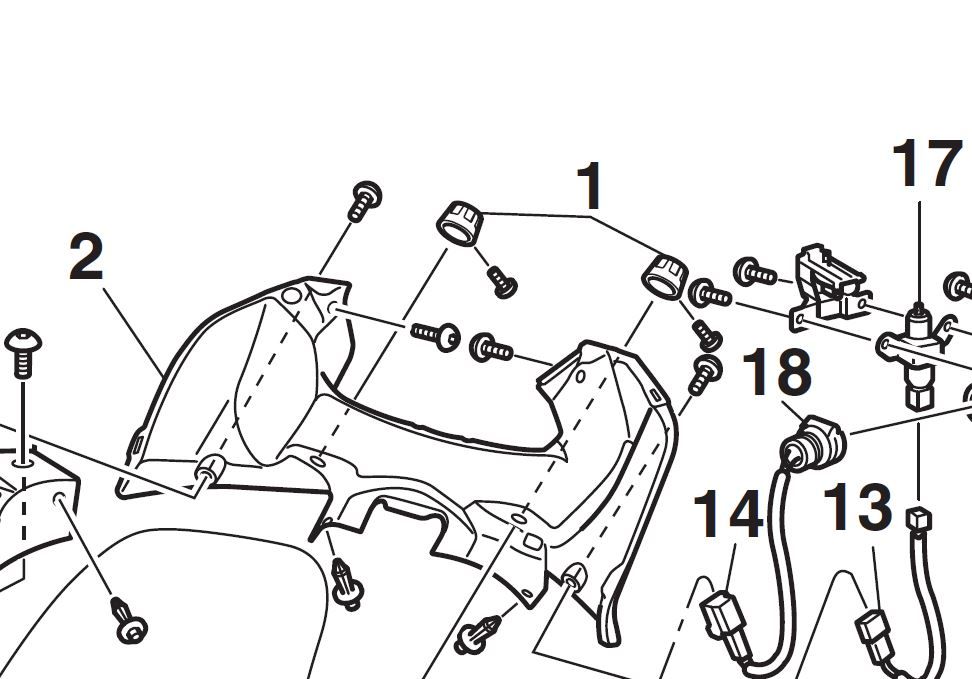Wine Guy
More throttle, less brake
Worked perfectly as you described without any need for tools. Thanks!You do NOT need any tools to separate the dash panel. After removing all the fasteners, simply grab the mirror at the mount in one hand and the large, conical, black plastic piece on the other side and forcefully wiggle them back and forth. Do one side at a time. The dash will pop off with NO pry tools needed. Yes, it will take more force in the beginning than you think is necessary, but it WILL work.































































